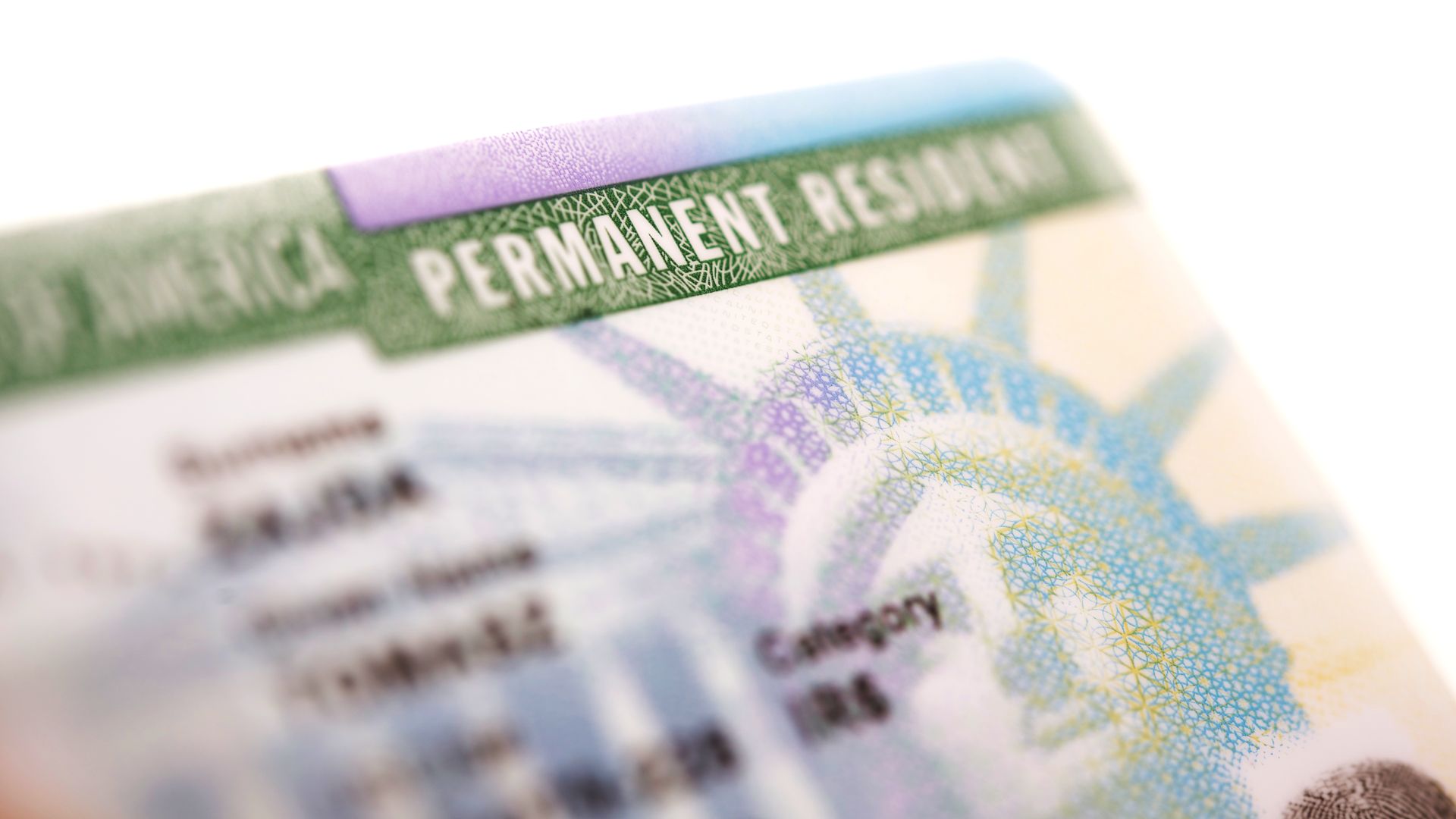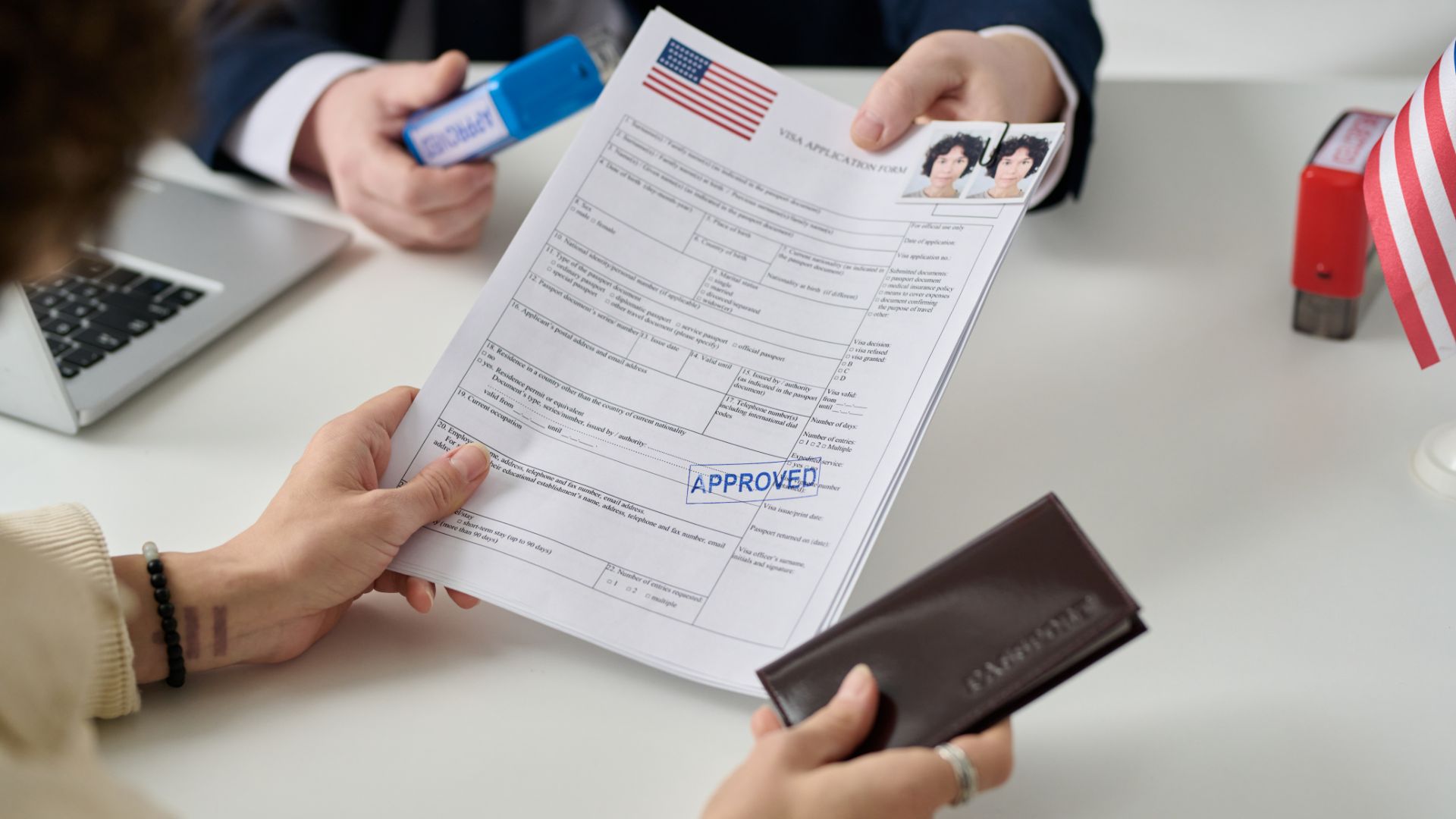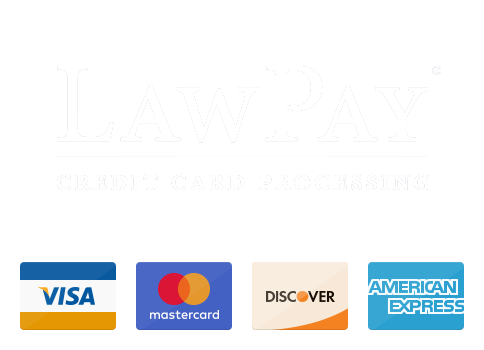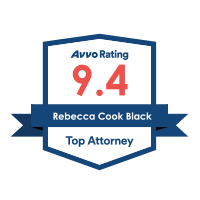The F1 visa is one of the most common non-immigrant visas issued by the United States, allowing international students to enter the U.S. for academic or language training programs at accredited institutions. Whether you are planning to pursue a bachelor’s, master’s, or doctoral degree in the U.S., or enroll in a language course, the F1 visa serves as your entry point to an American education. Understanding the details of the F1 visa process, eligibility requirements, and how to maintain your visa status is crucial for international students who wish to study in the U.S.
In this blog post, we will dive deep into every aspect of the F1 visa, covering everything from the application process and required documents to work authorization and visa renewal. Our comprehensive guide is designed to help you navigate the complexities of studying in the United States on an F1 visa.
What is an F1 Visa?
The F1 visa is a non-immigrant student visa that allows international students to enter the United States and enroll in full-time academic or language programs. Students under the F1 visa must attend an accredited U.S. institution, which could include universities, colleges, high schools, and language training programs. The visa is valid for the duration of the student’s program, plus an additional 60-day grace period to either prepare for departure from the U.S. or change visa status.
One key aspect of the F1 visa is that it mandates full-time enrollment. This means students must meet a minimum number of credit hours each semester to maintain their visa status. Failure to maintain full-time status can result in serious consequences, including deportation.
Eligibility Criteria for the F1 Visa
Before applying for an F1 visa, it’s important to meet specific eligibility requirements. Not all international students qualify for this visa, and understanding the criteria can save you time and effort.
- Enrollment in an SEVP-Approved Institution: The first step is to gain admission to a school or university certified by the Student and Exchange Visitor Program (SEVP). Institutions that qualify include universities, colleges, and language schools, but they must be approved by the U.S. government to accept international students.
- Proof of English Proficiency: You must demonstrate proficiency in English. This is usually done through tests such as TOEFL (Test of English as a Foreign Language) or IELTS (International English Language Testing System). Some programs might have specific language prerequisites.
- Sufficient Financial Support: You are required to show proof that you have sufficient funds to cover your tuition, living expenses, and other costs for the duration of your stay in the U.S. This financial proof can come from personal funds, scholarships, or financial aid.
- Intent to Return Home: An essential requirement for obtaining an F1 visa is proving that you have strong ties to your home country and that you plan to return after completing your studies. The F1 visa is a non-immigrant visa, meaning it is temporary, and the student must eventually return to their home country.
F1 Visa Application Process
The F1 visa application process is a multi-step procedure that involves both the U.S. Department of State and the U.S. Citizenship and Immigration Services (USCIS). The process begins once you receive your admission letter from a SEVP-approved school. Here is a breakdown of the steps:
- Receive the I-20 Form: Once you’re admitted to a U.S. institution, the school will issue a Certificate of Eligibility for Nonimmigrant Student Status, also known as the I-20 form. This form is a critical document in your visa application and contains your SEVIS (Student and Exchange Visitor Information System) number, the school’s information, and details of your program.
- Pay the SEVIS Fee: The SEVIS I-901 fee must be paid before you can attend your visa interview. This fee helps fund the SEVIS database, which tracks students in the U.S.
- Complete the DS-160 Form: The next step is to complete the DS-160 Online Nonimmigrant Visa Application. This form requires you to input your personal information, your intended program, and the institution you’re attending. It’s important to double-check all details for accuracy before submitting it.
- Schedule a Visa Interview: After completing the DS-160 form, you will need to schedule an interview at the nearest U.S. embassy or consulate in your home country. Due to long wait times at some embassies, it’s recommended to book your appointment as early as possible.
- Attend the Visa Interview: The visa interview is a critical step in the F1 visa application process. Be prepared to answer questions about your intended program, financial status, and ties to your home country. You’ll need to bring all necessary documents to this interview, including your I-20 form, proof of financial support, passport, and other supporting materials.
- Visa Approval and Travel: If approved, your F1 visa will be stamped into your passport. You can now make travel plans to the U.S., although you are not allowed to enter the country more than 30 days before the start of your program.
Documents Required for F1 Visa Application
To successfully apply for an F1 visa, you will need to gather a range of supporting documents. These include:
- Form I-20: This form is issued by your school and serves as proof of your admission to an accredited institution.
- Valid Passport: Your passport must be valid for at least six months beyond your intended stay in the U.S.
- DS-160 Confirmation Page: A printed copy of the DS-160 confirmation page is required to attend your visa interview.
- Passport-Sized Photos: You will need passport-style photos that meet U.S. visa photo requirements.
- SEVIS Fee Receipt: Proof that you’ve paid the SEVIS I-901 fee.
- Financial Documents: Proof that you have sufficient funds to cover tuition and living expenses. This may include bank statements, scholarship letters, or affidavits of support from sponsors.
- Academic Documents: You may be asked to provide transcripts, standardized test scores (such as SAT, GRE, GMAT), and proof of previous education.
Working on an F1 Visa
Many international students want to work while studying in the U.S. The F1 visa allows for limited work opportunities, but strict regulations apply.
- On-Campus Employment: Students on F1 visas can work on campus up to 20 hours per week while school is in session and full-time during breaks.
- Optional Practical Training (OPT): After completing one academic year, F1 visa holders can apply for OPT, which allows them to work in their field of study for up to 12 months after graduation. STEM students may qualify for a 24-month OPT extension.
- Curricular Practical Training (CPT): CPT allows F1 students to participate in internships or training programs that are directly related to their major field of study.
Maintaining F1 Visa Status
Maintaining your F1 visa status is essential for remaining in the U.S. throughout your studies. Here are some key tips:
- Maintain Full-Time Enrollment: You must be enrolled full-time each semester. Dropping below full-time without prior authorization can lead to visa revocation.
- Report Address Changes: If you change your address, you must notify your Designated School Official (DSO) and the U.S. government within 10 days.
- Keep Your I-20 Updated: Ensure that your I-20 form is valid and up to date, especially if there are any changes in your program or financial status.
- Apply for Extensions if Necessary: If you need more time to complete your program, you should apply for an extension before your I-20 form expires.
Get our Help
The F1 visa process can be overwhelming, but you don’t have to do it alone. Our experienced immigration law firm is here to guide you every step of the way, from preparing your application and gathering the necessary documentation to ensuring compliance with visa regulations throughout your stay. Whether you need assistance with your initial F1 visa application, visa renewals, or advice on work authorization options like OPT or CPT, we provide personalized legal support tailored to your specific needs. Contact us today for a consultation, and let us help make your academic dreams in the U.S. a reality!








